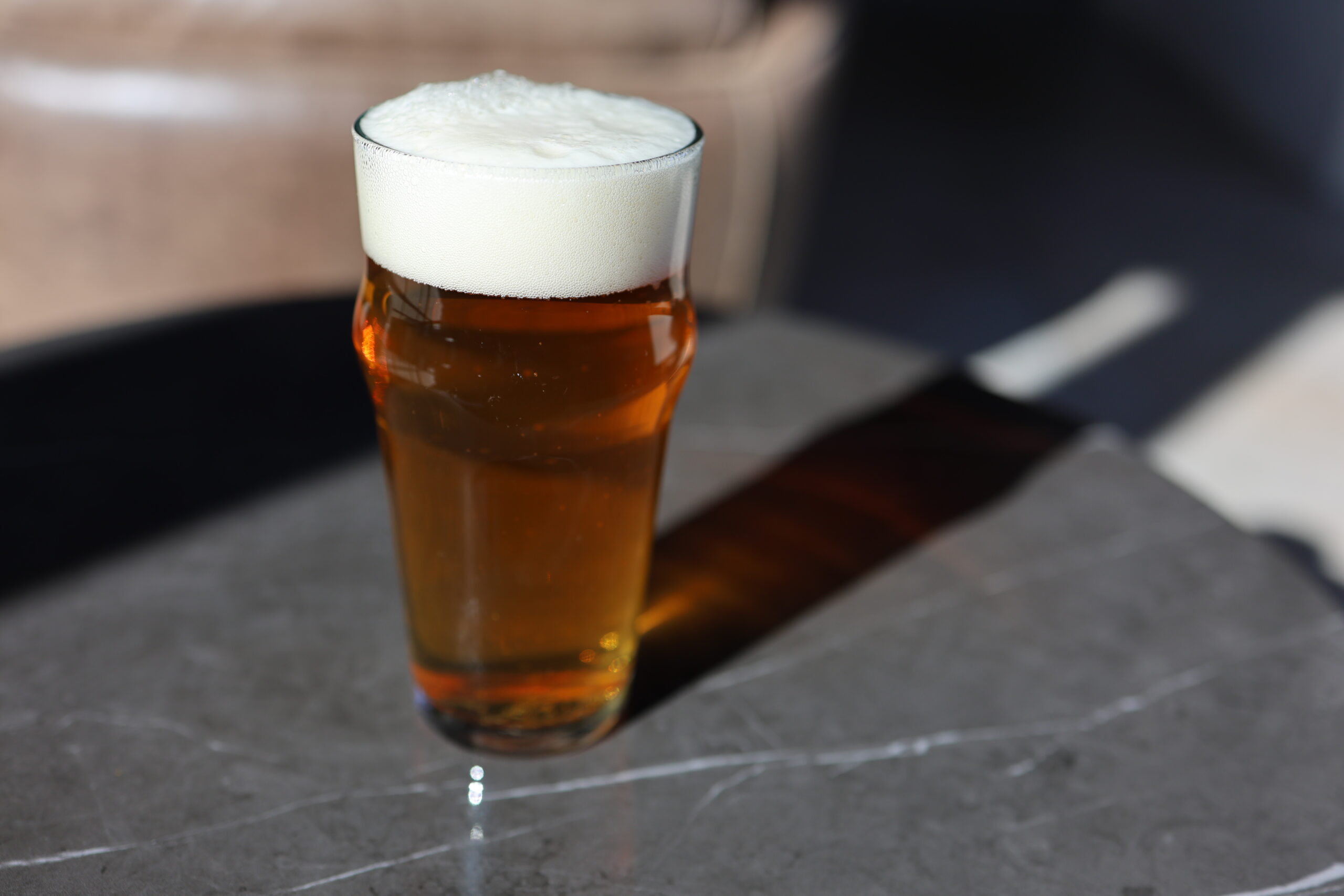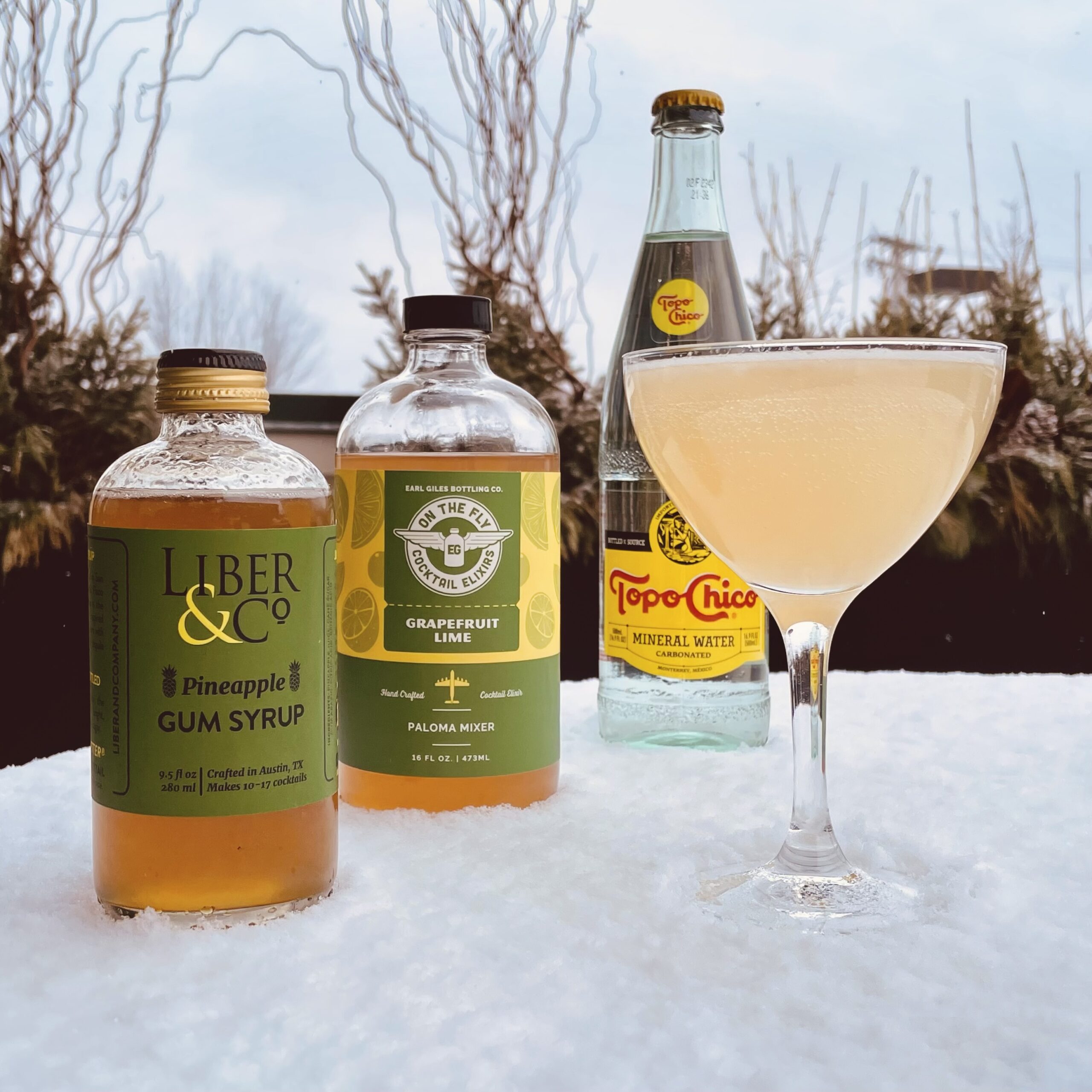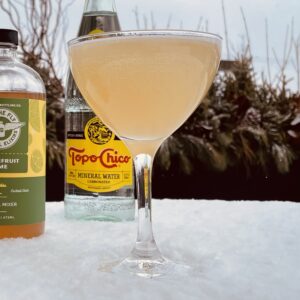
Jake Rollin
Jake (he/him) can be found primarily working in the Beer and Spirits departments, though he occasionally dabbles in Wine. He loves helping customers brainstorm ideas for new and interesting cocktails (ask him about his Caprese Sour cocktail), and talking all things whiskey. His fridge is stocked with a healthy combination of local hazy IPAs, Belgian beers, and Riesling, and he has an ever-growing whiskey collection.
Non-alcoholic and low ABV alternatives are currently all the rage. You may have preconceived notions of what non-alcoholic beer will taste like, but the category as a whole has come a very long way. Gone are the days of products that only vaguely resemble beer. The non-alcoholic beers of today present much of the same flavor as their full strength counterparts, but without the potential side effects of alcohol.
Non-alcoholic beer dates all the way back to prohibition when, in order to stay in business, some breweries began to brew beers capped at 0.5% ABV. But after the 21st amendment passed, the prevalence of non-alcoholic beer decreased drastically.
Now, jump forward to the 1990’s. Anheuser-Busch launches O’Doul’s, arguably one of the most well known non-alcoholic beers of all time. While most people won’t claim that O’Doul’s was an award winning example of non-alcoholic beer, the effect it had on the non-alcoholic beer movement is undeniable, forever creating a market for non-alcoholic beer.
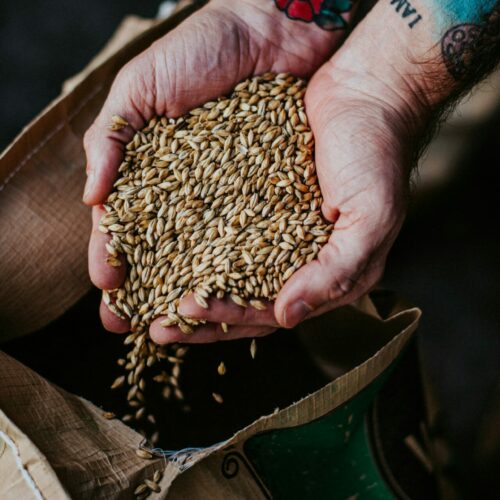 In order to understand the process of making non-alcoholic beer, we first need to start with the process of making regular beer.
In order to understand the process of making non-alcoholic beer, we first need to start with the process of making regular beer.
At the most basic level, hot water is added to malted barley and left to soak, extracting fermentable sugars and creating a sugar-rich liquid called wort. This wort serves as the perfect food source for yeast.
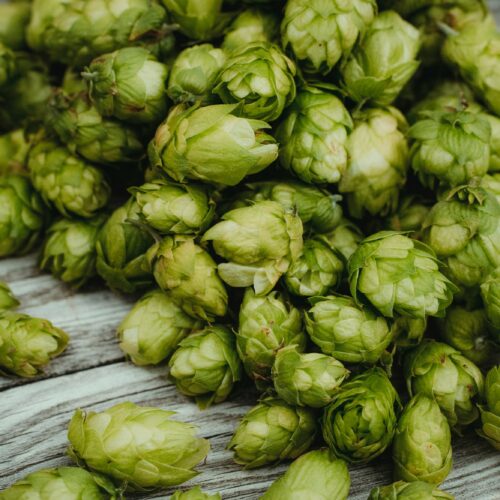
However, before the yeast is added, the wort is boiled with hops, which serve as both preservatives and a flavoring agents. Once the boil is complete, the wort is cooled, and the yeast is introduced. The yeast consumes the sugars in the cooled wort, producing alcohol and carbon dioxide as byproducts. After fermentation is complete, the beer is kegged, bottled, or canned, ready to be enjoyed.
The process for non-alcoholic beer is essentially the same, but there’s no one way to ensure the ABV is under 0.5%. The simplest method is heating the alcohol out of the beer, though this can have a detrimental effect on flavor, as beer and heat don’t often mix well. Another option is to use specific yeast strains that don’t produce alcohol. In theory, these preserve the flavors of the beer, thereby creating a product that is closer to a beer made in the standard way. Other breweries have their own proprietary methods for producing their non-alcoholic beers (like Athletic Brewing). There is still constant innovation happening in the industry as non-alcoholic beer becomes more widely enjoyed.
With an ever expanding selection of non-alcoholic products, there has never been a better time to get into non-alcoholic beer. Many of our favorite local companies have started to create non-alcoholic products that we’re proud to sell and enjoy. Our beer staff is extremely knowledgeable about the newest non-alcoholic beers in the cooler, so if you have no idea where to start, please don’t be afraid to ask!
